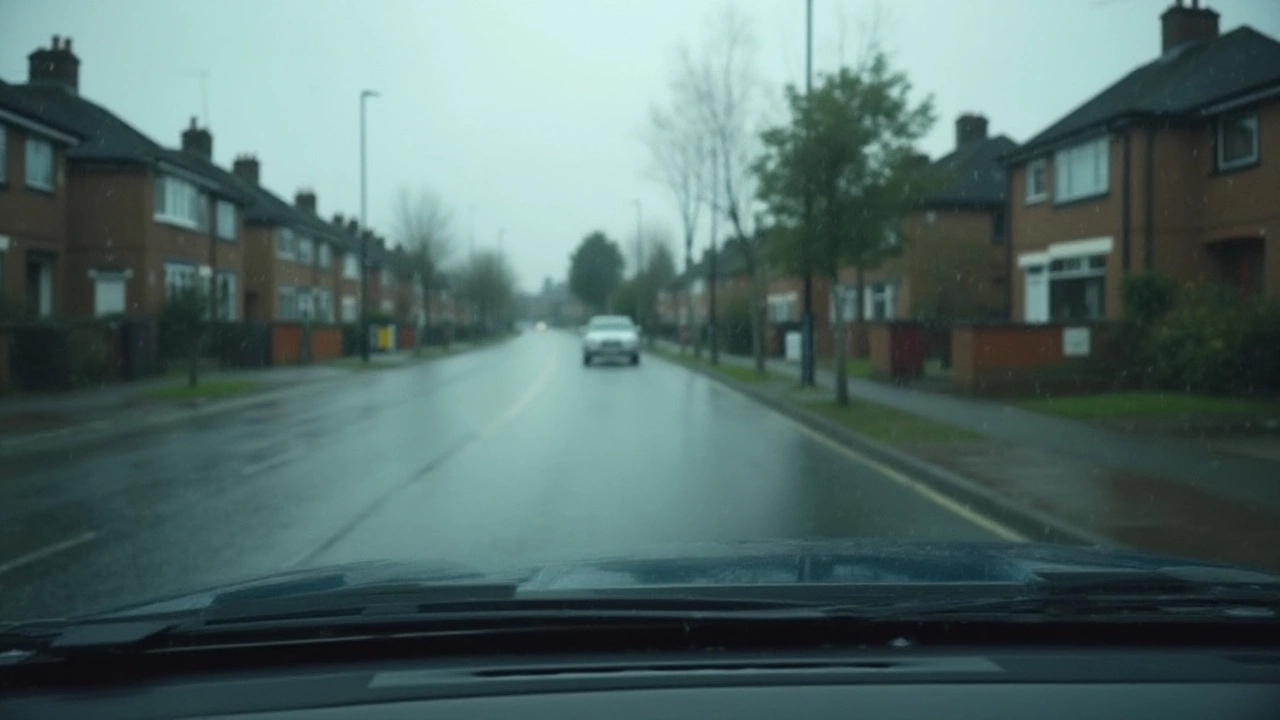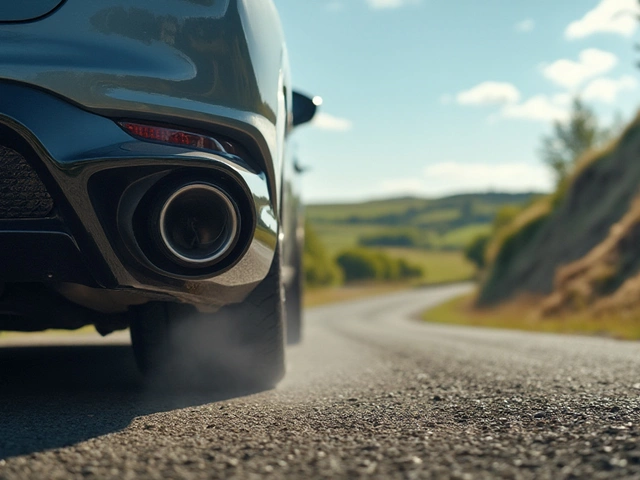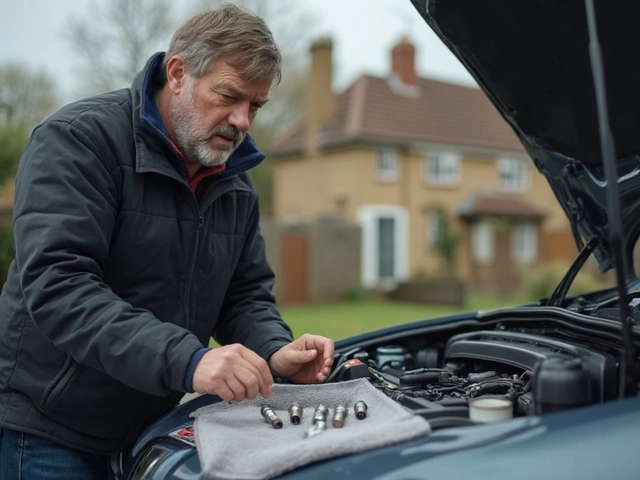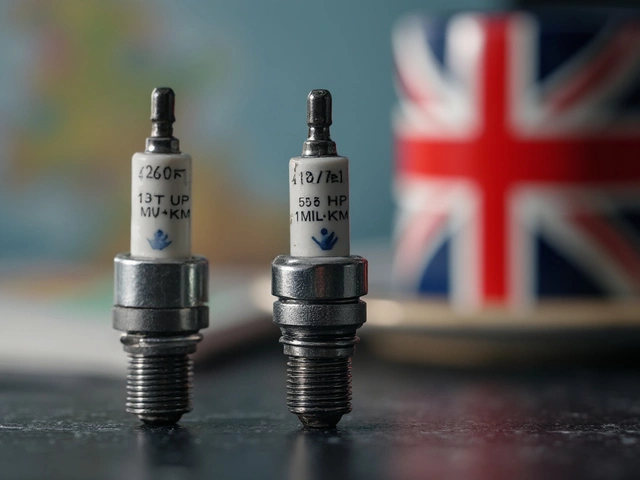Safe Driving – Simple Tips to Keep You and Your Car Safe
Feeling confident behind the wheel starts with a few basic checks. You don’t need a mechanic’s degree to spot the biggest safety risks. A quick look at your brakes, tyres, suspension and even your wipers can make the difference between a smooth ride and a costly breakdown.
Check Your Brakes and Tyres Regularly
Brakes are the heart of safe driving. If you’re only changing rear brake pads, make sure the front pads are still in good shape – uneven wear can pull the car to one side when you stop. Listen for squeaks or a grinding sound; those are signs the pads are worn down. While you’re at it, inspect tyre pressure every week. Low pressure increases wear and reduces grip, especially on wet roads. Look for bulges, cracks or any signs of dry‑rot on the sidewalls. Even a small puncture can lead to a blow‑out at high speed.
Watch Your Suspension and Wheels
A bent suspension or worn shocks can make steering feel loose and increase stopping distances. If you notice a pulling sensation when you drive straight, it’s time to have the alignment checked. Don't forget about alloy rims – they resist rust but can still corrode at the edges. Clean them regularly and avoid harsh road salts when possible. Keeping the suspension components lubricated and free of debris helps maintain stability and prevents premature wear.
Windshield wipers often get overlooked, but a missing rear wiper can be illegal in the UK and affect your MOT. Even if you think you can do without it, rain on the rear window reduces visibility and increases the risk of accidents. Replace both wiper blades at the same time to ensure even performance, and check the motor for any strange noises.
The engine’s breathing system matters for safety too. A clogged air filter can reduce power and make the car harder to control, especially uphill. If you’re tempted to go for a premium or expensive filter, weigh the real benefit – most standard filters do a fine job if changed regularly. The same goes for spark plugs; faulty plugs cause misfires, rough idling, and can leave you stranded. Swap them out when you notice a drop in acceleration or a higher fuel consumption.
Fuel pump health is another silent factor. A weak pump may not deliver enough fuel under heavy load, leading to hesitation or stalling. You can test it with a simple pressure gauge or listen for a loud whine when you turn the key. Spotting a problem early saves you from getting stuck on the road.
Finally, keep an eye on the little things that add up. A loose clutch, worn clutch kit, or a burnt smell can indicate an impending failure. Driving with a bad clutch might feel fine at first, but it can damage the transmission if ignored.
All these checks take just a few minutes each week, but they pay off in peace of mind and lower repair bills. Make a habit of walking around your car before a long trip – a quick visual scan and a few simple tests keep you safe, keep your car running well, and keep you in control of every journey.
 19 July 2025
19 July 2025
How to Use Windscreen Wipers Like a Pro: Tips for Clear Visibility
Wondering how to use windscreen wipers effectively? Get practical tips, clear instructions, and discover why proper wiper use is more important than you think.






0